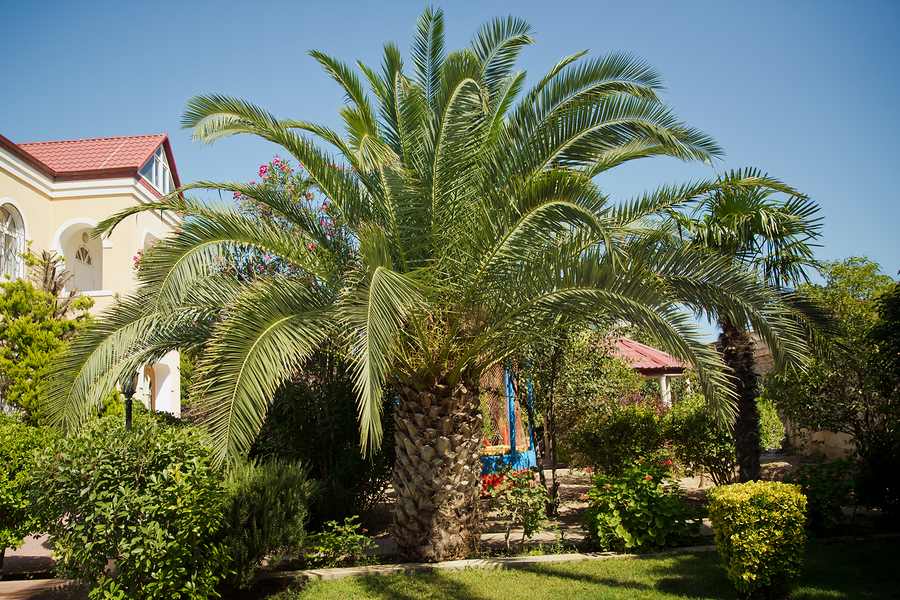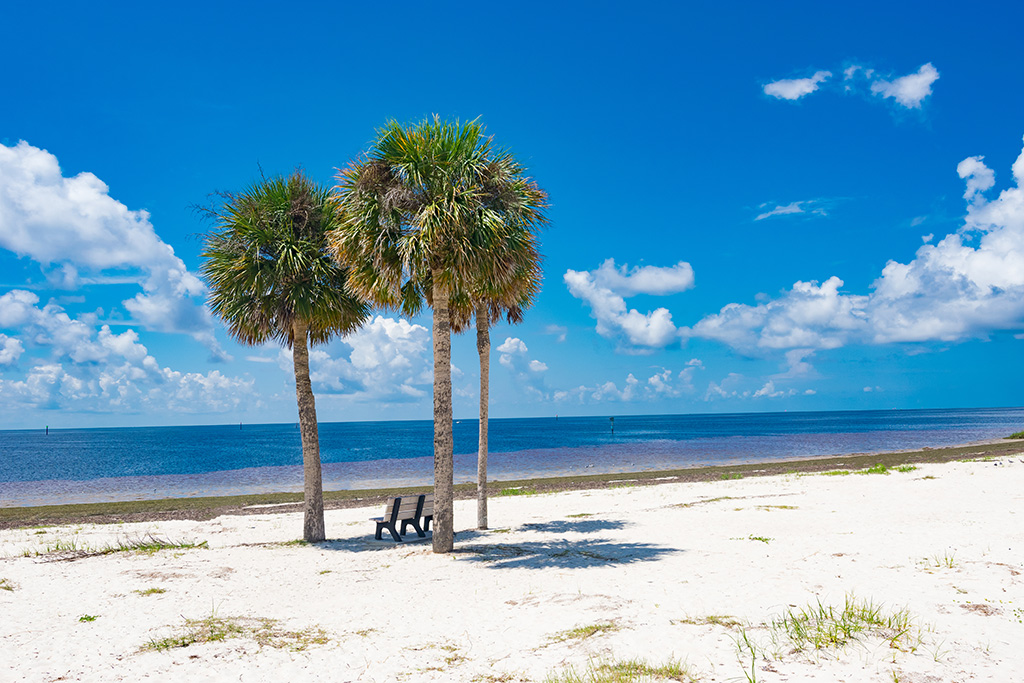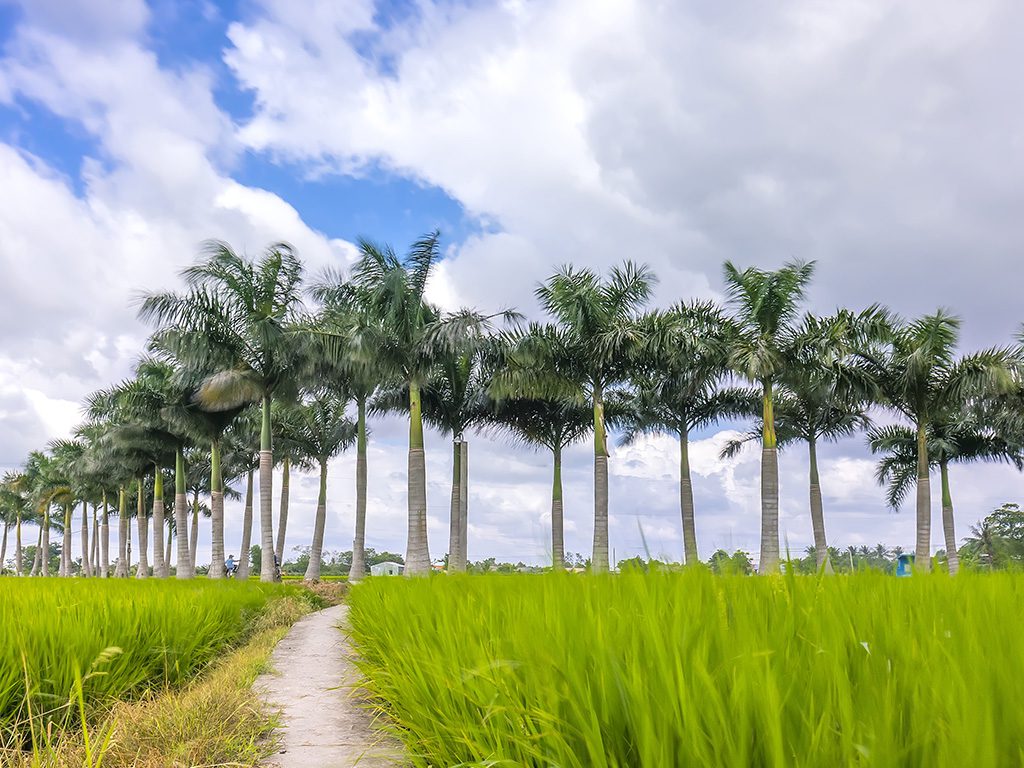If you want to give your property a tropical feel, you may decide to plant palm trees. These are highly popular ornamental plants, especially in areas like Sarasota and the suncoast islands were homeowners can grow nearly every kind of palm without too much trouble from the cold in winter. Seeing them flourishing in your garden and swaying with the wind will make you feel as though you’re on a paradise island.
The Problem
Like any other tree, the palm requires proper maintenance and nutrition. Generally, palm trees are supposed to stay green throughout the year—they do not change colors with the season. So if you notice their leaves turning yellow, you may need to have them inspected because it could be an indication of possible health problems.
In some cases, the yellowing of OLD leaves can be natural. As the palm matures, some of its old fronds may turn yellow and fall off. These are the ones that you see at the base of the tree. If your palm remains green and only the older leaves turn yellow, there’s nothing to worry about. If it’s been dry and the palm has a lot of older leaves beginning to turn, you may need to trim away the old fronds that will eventually turn brown.
However, the discoloration may not also be due to natural causes. If you notice the yellow leaves for a long period, there may be a problem. Some palm trees suffer from this condition due to a lack of necessary nutrients in the soil. Another possible reason is the existence of pests or fungi.
The Cause
Once you realize that the yellowing is not due to maturity, consult a professional tree company or a certified arborist. An expert can determine the cause and apply the appropriate solution.
• Nutritional Or Mineral Deficiency – Palm trees need nitrogen for growth and development. Nitrogen deficiency may be due to the use of the wrong fertilizer or insufficient sources in the soil. Lack of the nutrient may be the cause of yellowing if it affects old and new fronds alike. You can ask a certified arborist for guidance in choosing the right fertilizer. They can also give you advice on how often you need to use it depending on the nutrition level of the soil.
Palm trees also need several other minerals to help them stay healthy. Your arborist may have to perform a soil test to determine what is lacking. The most common minerals that are found to be insufficient are the following:
• Potassium
• Iron
• Magnesium
• Manganese
• Diseases – Trees can get sick too. Some diseases that affect palm trees are irreversible. However, all of them are preventable. Proper care and maintenance can help defend your palm against illnesses. No matter what the cause of the yellowing, you will need an arborist if it is not a natural occurrence. A professional can provide medication to address the issue.
• Pests – Sometimes, the cause of yellowing is the presence of other living organisms. Pests may infest your palm tree and cause the discoloration. Some of the common ones in Southwest Florida are whiteflies, mole crickets, aphids, mealybugs, and spider mites.
The Treatment
Not all yellowing palms are hopeless. With the help of a professional tree company, you may be able to save the life of your trees. You will need experts for proper diagnosis and treatment.
• A tree company can perform a comprehensive soil test.
• They can help replenish the soil and supplement the missing nutrients by gradually introducing fertilizer.
• They can provide a fertilization schedule and do the job for you.
• They can perform routine trimming.
If you want to learn more about what a tree company can do for you, contact GreenTech Tree & Landscape today.





